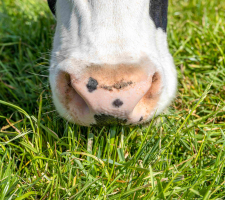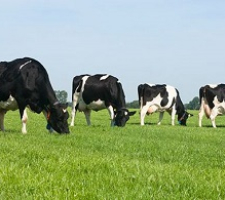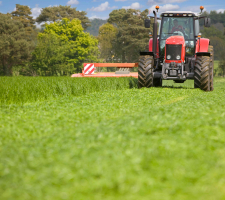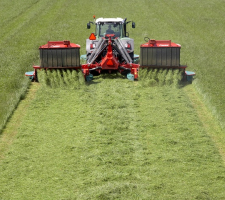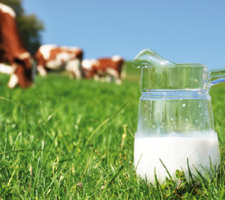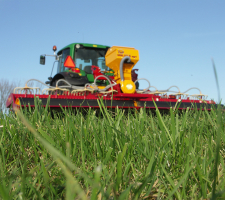Pasture mixtures
Pasture mixtures often contain a large percentage of perennial ryegrass, a species which can produce a lot of good forage in our maritime climate. The choice of a specific pasture mixture should be based on the intended use and soil type.
Products
Sowing pasture mixtures
Depending on the region and soil type, perennial ryegrass can be sown during the period from early March to early November. During this period the soil temperature is often high enough for germination. Another essential factor for good emergence is moisture – plenty of moisture must be available. When sown at a depth of 2 cm and under ideal conditions, perennial ryegrass sometimes emerges after just 6 days.
Sow at the right depth and consolidate the seedbed
If the ground is too dry the seed can remain viable for a long time, but if it germinates after a small amount of precipitation there is always a risk that the newly-germinated seed will dry out. It often performs well in compacted tramlines but fails in loose soil. The right sowing depth and consolidation of the seedbed can limit the damage.
All-round pasture mixture
TopDairyMix Milk is an all-round mixture of 100% perennial ryegrass which gives maximum yields on mowing and is highly suitable for grazing.
It contains mid-season varieties which often develop quickly in the spring and therefore deliver the highest yield every year on mowing.
Mow at the right time for optimum results
Mowing too early costs yields because maximum growth of perennial ryegrass occurs at the stem elongation stage just before flowering. The nutritional value per kg dry matter will drop slightly but the feed is much healthier due to a slightly higher NDF content and better conversion of the nitrogen present.
Grazing pasture mixture
For grazing, we recommend turning the animals into the field when the crop has reached 1800 kg DM/ha. If growth is slow during dry periods, grazing can start at 1500 kg DM. We recommend grazing twice at most, then mowing again.

